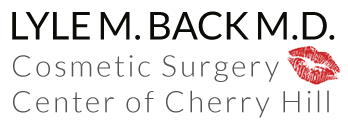The “Skin Care” Diet!
Do you still believe that chocolate leads to breakouts? Years of research have showed that there is no such connection, but we have lots of useful information on how nutrition really plays a big role in the look and feel of your skin.
Acne: Avoid well known “triggers” such as grains, corn, peanuts, eggs, soy and dairy. Gluten intolerance can also be involved in the almost allergic type role these food groups seem to have in stimulating acne. Foods containing iodides (salts), and acidic foods such as tomatoes and citrus can also aggravate acne and stimulate sebaceous gland activity. Foods rich in Vitamin A (e.g. carrots) and zinc (e.g. chickpeas) can help reduce acne lesions.
Rosacea: Avoid well known “triggers” such as hot/spicy foods, coffee, alcohol, lemons, avocados, bananas, figs, raisins, eggplant, mushrooms, lima or navy beans, sodium nitrites (e.g. cured meats – hot dogs, bacon), chocolate, parmesan or blue cheeses, chianti or burgundy wines, salami, spinach, and chicken liver. Good intake of probiotics (e.g. yogurt) and essential fatty acids (ie. the omegas 3, 6, 9 in Salmon) are helpful in minimizing Rosacea.
Eczema: A diet lacking in essential fatty acids (e.g. walnuts, flaxseed) is a common cause of eczema. Keeping the skin well hydrated nutritionally means drinking plenty of liquids, but not alcohol, which actually has a dehydrating effect.
